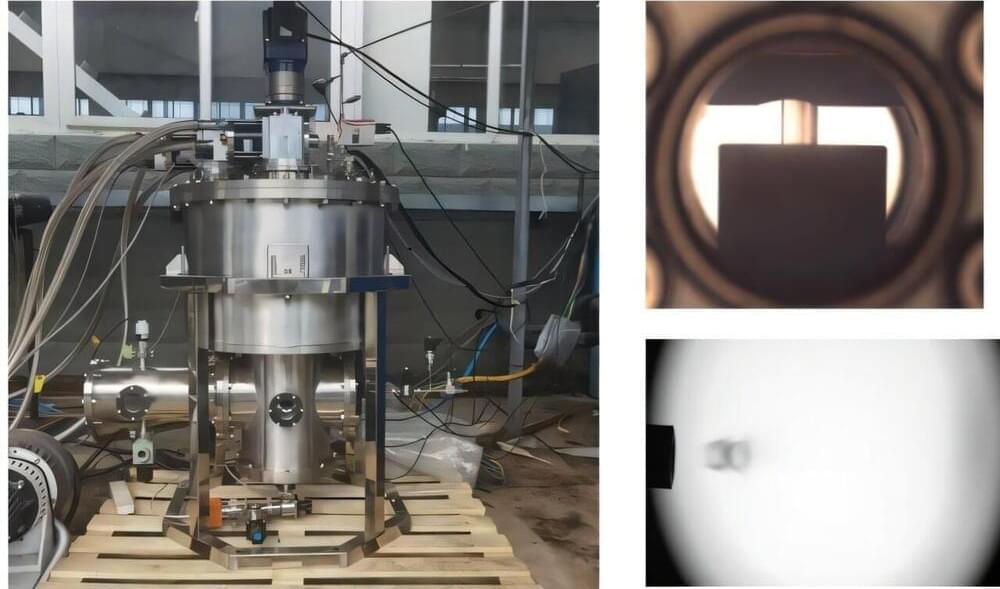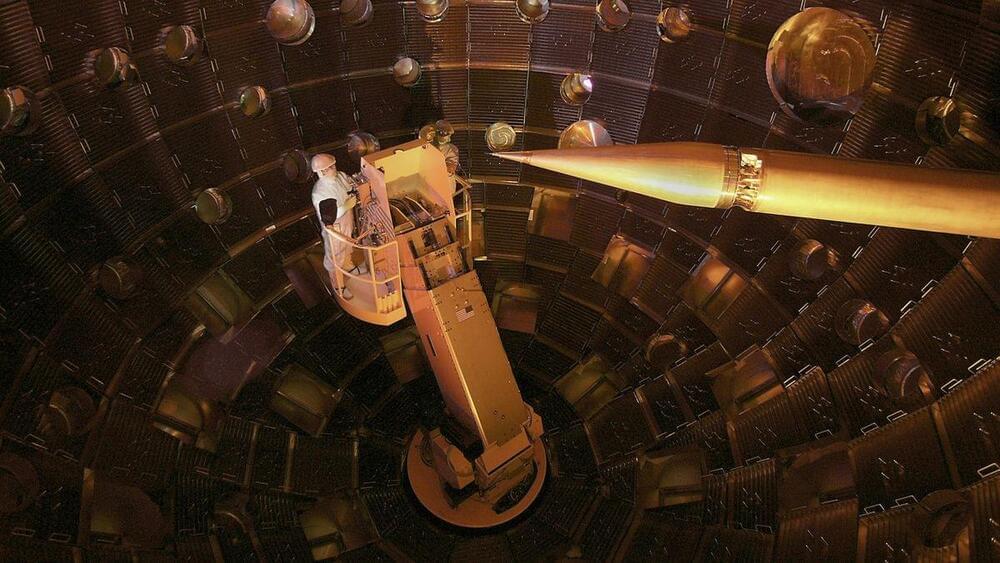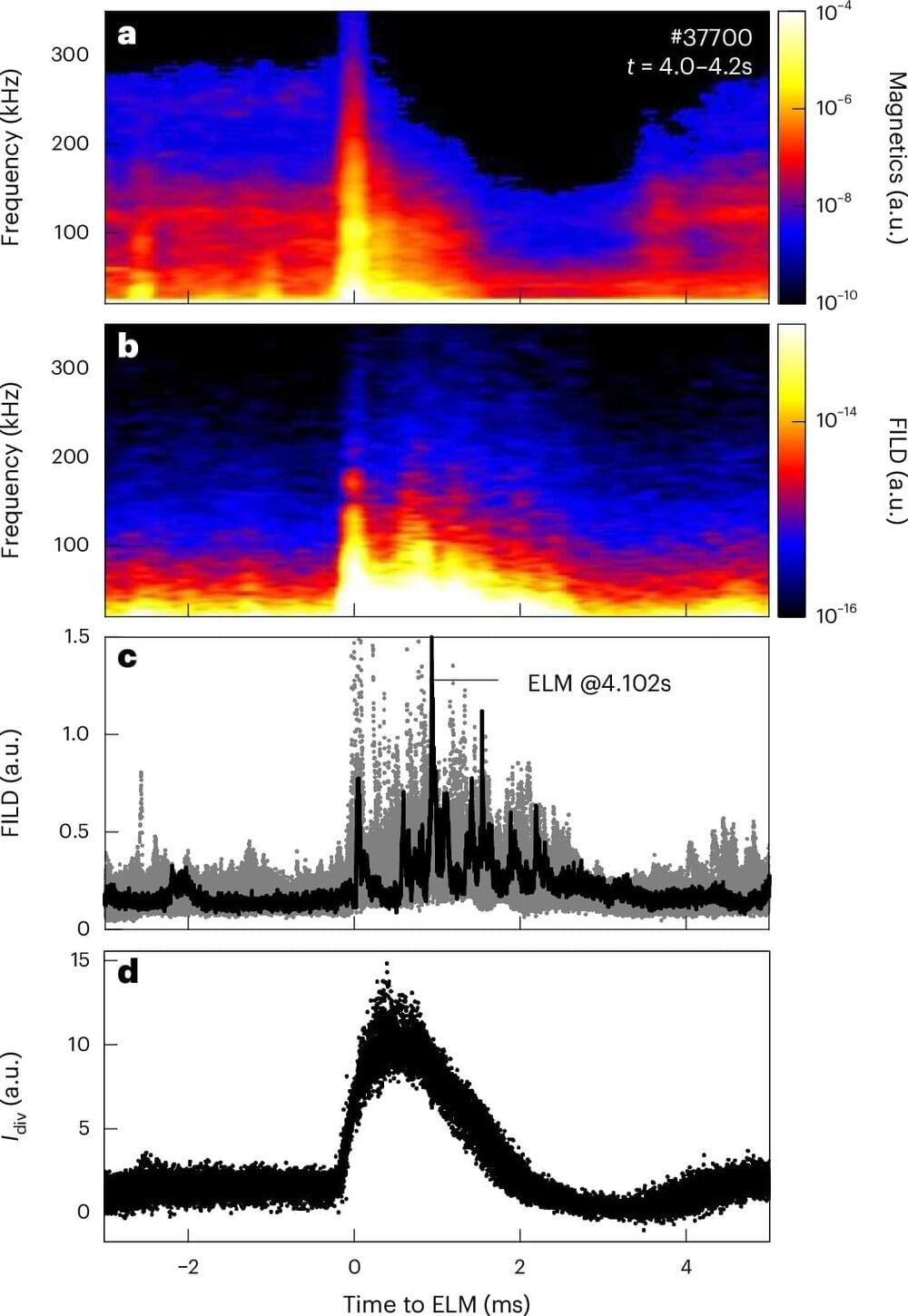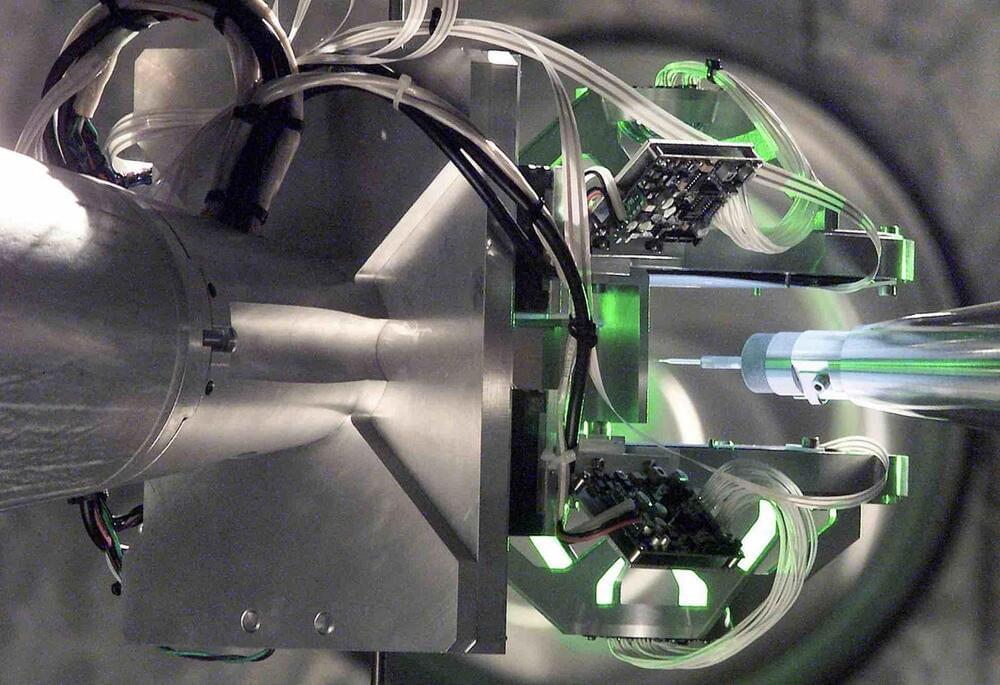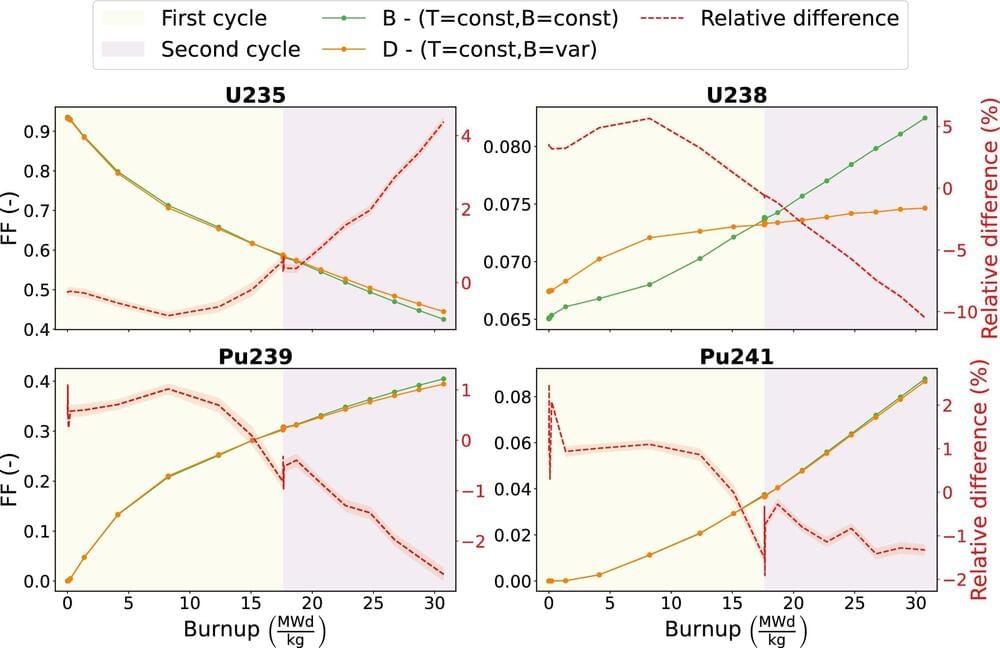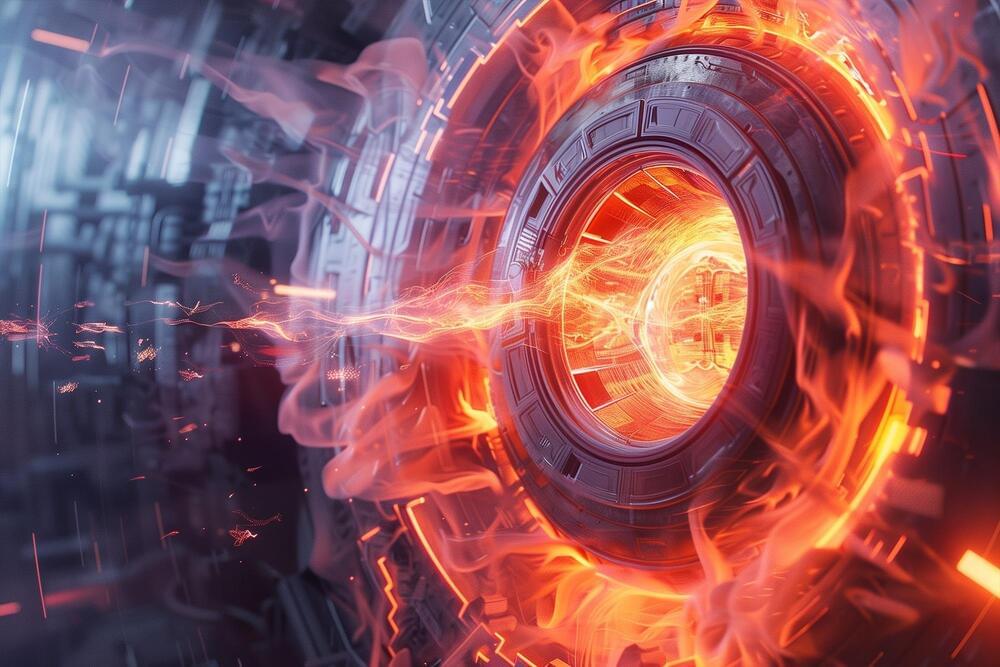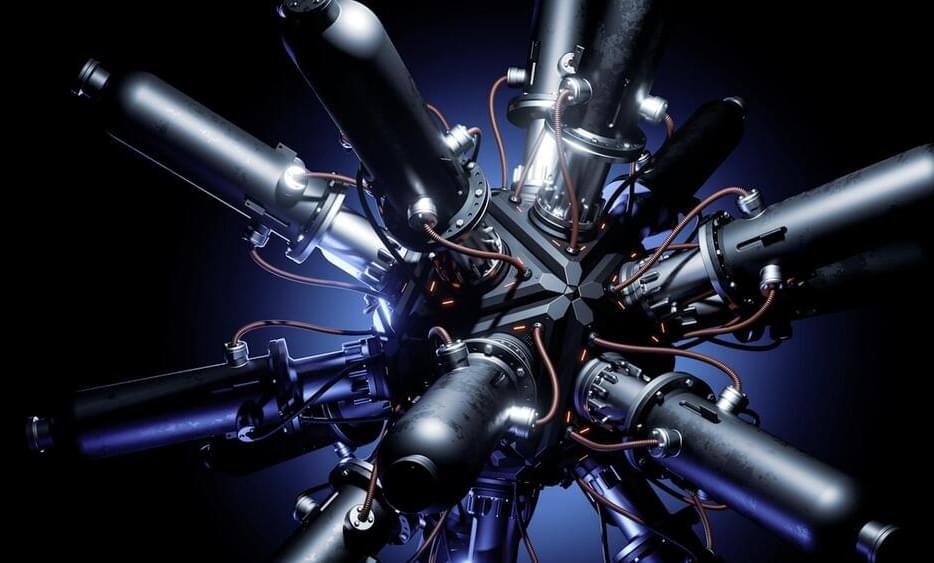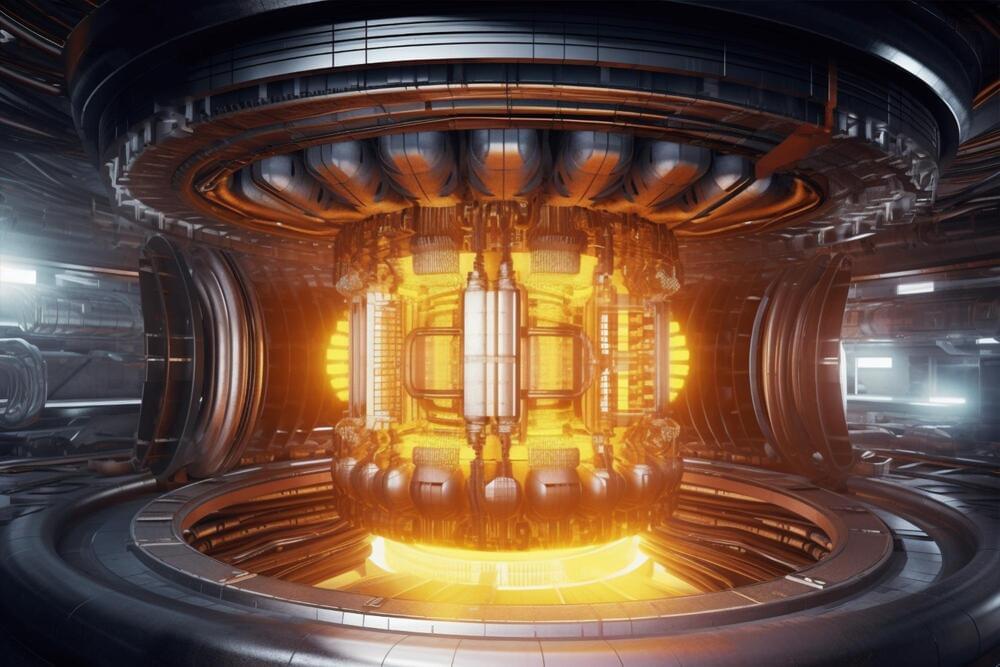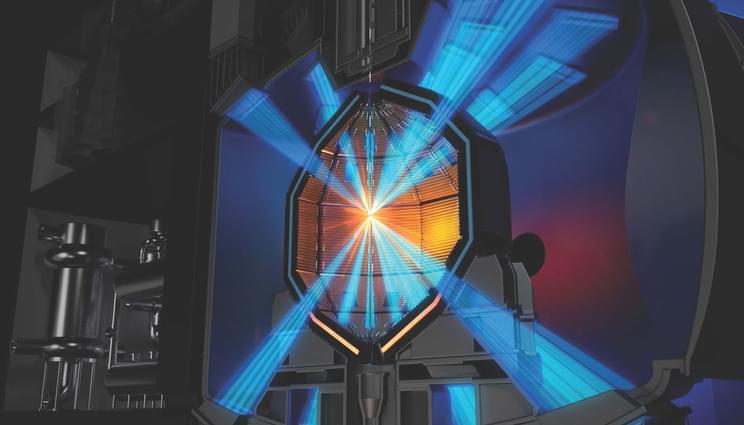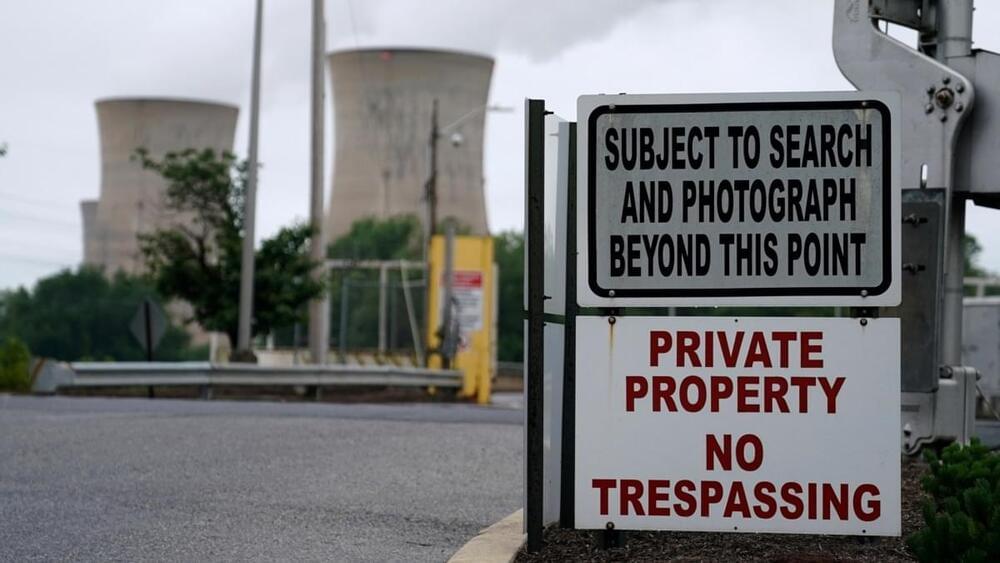A joint research team from Hefei Institutes of Physical Science of the Chinese Academy of Sciences has successfully developed a continuous cryogenic pellet injection system for tokamak fueling. This innovative system addresses key technical challenges associated with cryogenic ice formation, pellet cutting, and launching.
Cryogenic pellet injection is a state-of-the-art technique in fusion research. It involves condensing hydrogen isotopic gases into solid ice pellets, which are then accelerated and injected into plasma. This method allows for deep particle injection and high fueling efficiency, making it crucial for the future of fusion reactors.
It is recognized as a critical fueling technology for next-generation fusion devices, including the International Thermonuclear Experimental Reactor (ITER), the China Fusion Engineering Test Reactor (CFETR), and the European Demonstration Fusion Reactor (EU-DEMO).
